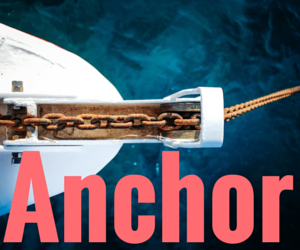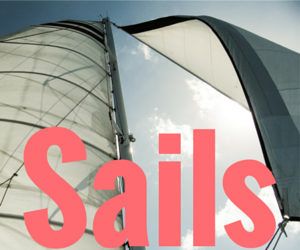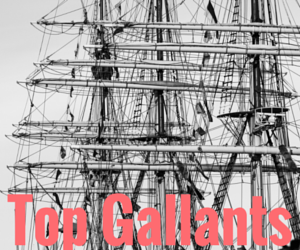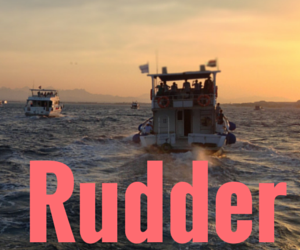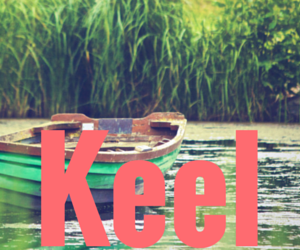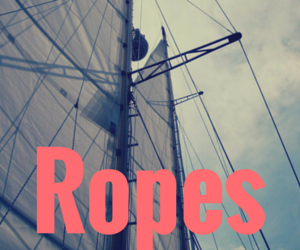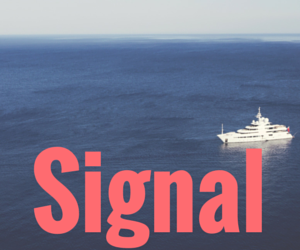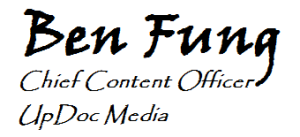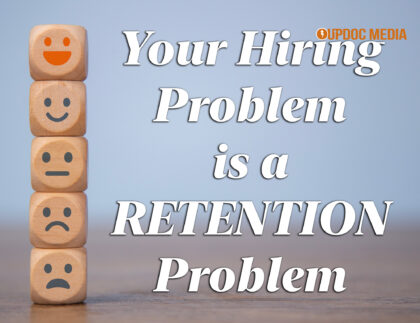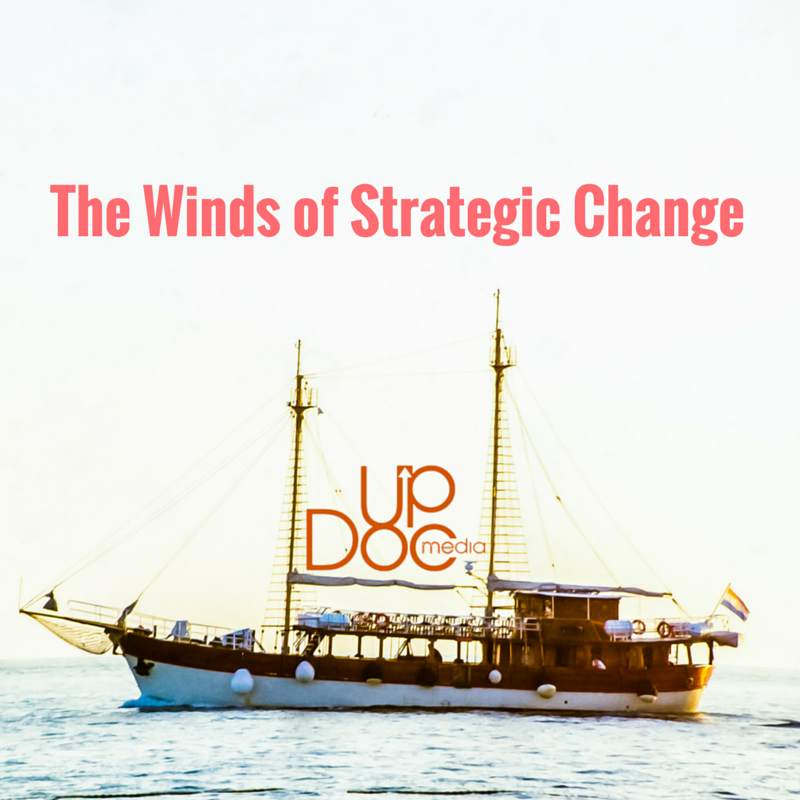
The Winds of Strategic Change
The biggest barrier for catching the winds of strategic change is this: Core capabilities tend to serve as a company’s core rigidities. What a firm has done well and continues to do well often serves as a wet blanket to innovation and change. What is worse, most of the processes and resources of a company serve to snuff out ideas which are seen as outside of these core competencies. Staff at all levels see change with skepticism or as a threat. And, the processes of the any given firm frequently is set in such a way which it becomes incompatible with new ideas.
So, how then can a company change without suffocating its own need to grow? How can organizations protect their sapling to grow and eventually cross-fertilize necessary change without early cross-contamination? Business strategy authorities have agreed (Forbes, BCG, HBR), it’s all about ambidexterity, or what I like to call bilateralism.
By creating a new and separate value chain to operate and develop outside of a firm’s core competencies, bilateralism allows for the right hand to function while not interrupting the left’s new creations. Bilateralism allows for a company’s senior leadership to protect and nurture new designs which may very well disrupt its own sustainability. Yet, without doing so, the company may face disruption by a competitor — much better that is discovers such innovations internally.
Yet, even when new ideas are properly shielded from wet blankets, the newly developed value chain must have several key components such that the ship doesn’t sink on its own. Only then can a company successfully catch the winds of strategic change,
The Ship of Strategic Change
Here are the roles you need for the Ship of Strategic Change to sail into success:
As with any development team, all require an anchor to help keep the ship grounded during the early storms. The anchor is typically a sober realist who doesn’t mind crushing ideas. Sometimes, this person doesn’t even seem to belong in a group responsible for developing new ideas. Nevertheless, the anchor is also typically the person who remains positive when the times get tough. This person reminds you what your original purpose is. And, it is through this person’s resolve that your ship weathers the storm and sails into success.
While many people help the ship move, there tends to be one individual that seems to be the workhorse of the group. What is more, this person doesn’t mind at all! Every ship needs a sail to be able to move. And, this person will always be there to catch even the smallest wind so that the project continues to move, progress, develop, test, and innovate.
As with the sails, there also tends to be a person in any given team who seems to work faster than anyone else. They never seem to slow down and seem to live at the precipice of light speed. In nautical design, the top gallants are above the main sails and serve to help a ship catch extra wind and extra speed. Many times, the person who serves as the sails also serves at the top gallants. Yet, don’t be surprised if these are two different people. Sails are good for long distances while Top Gallants are more for a sprint.
Every ship needs a rudder to steer. While this may very well be your team captain, it may also be a different person entirely. Sometimes it is the functional leader of the group who serves as the rudder in making certain that the extensive amount of resources and process are properly directed at each turn.
When navigating, every ship needs a lookout. It is crucial that someone on this bilaterally established team keeps an open eye out for storms, reefs, and dry land. This person tends to be a little distracted if not disorganized. However, through their distractions, they will catch glimpses of what is ahead.
A keel keeps a ship steady while it is in motion and serves as the ship’s foundation. While its function is in the same spirit as that of the anchor, the keel’s main difference is that it prefers motion to stability. Even rough waters is favorable if the ship keeps moving. This person is the group’s process checker and makes certain that the project stays on task. More likely than not, the person is ridiculously punctual, and, has “a place for everything, and everything in its place.”
The hull keeps the ship afloat and protects the crew when there is a storm. This person is the soul and spirit of the Ship of Strategic Change. They keep the idea alive and protect it from both external and internal threats. This individual is both a cheerleader and a counselor who doesn’t ever seem to give up.
Every team needs an internal connector, someone who can coordinate internally and keep everyone in sync. This person is The Ropes. Connecting sail to rigging and keeping the ship together, this individual is the dynamic bind which allows for even the differences within the team to seem like a positive and productive thing. This person is great at reaching across the aisle and is a seasoned diplomat.
Are we there yet?! The Chart is the person who has the plan and works very well with The Keel. This person is all about the big picture and reminds the group that no matter setback, it will be alright so long as we get back on course. The Chart is not only great at understanding the big picture, they are also a genius when it comes to planning and forecasting for the future. More likely than not, this person loves math and is a precise personality.
The final element of a bilateralized organization is to put in practice what was innovated into a company’s daily operations. This task falls to The Signal. The Signal is also a veteran communicator and has a natural talent for teaching. This person is patient and is an expert is speaking other people’s languages as well as seeing things from their point of view. This individual is responsible for docking the ship to its home port after its long journey sailing the Winds of Strategic Change. With no surprise, The Signal is a master of cross-functional teams and political relationships.
“Red morning, sailor’s warning. Red night, sailor’s delight.“
Bon voyage! And, until next time, I remain yours in service,
